Blue Screen vs Green Screen
Blue Screen vs Green Screen: Which One Do You Need?: A monochromatic background is a useful tool that filmmakers use to enhance their movies with special effects. Green and blue screens in the filmmaking industry are significant devices since they enable the creation of impressive visuals and a combination of various components.
Blue screen as well as green screen techniques are applicable in chroma keying which is the process of erasing a particular colour and replacing it with any other picture or video. Now you know the pros and cons of these screens, but which one is better suited for your project?
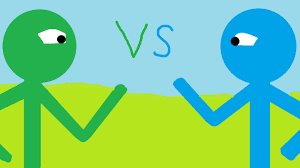
In this blog, we will analyze Blue Screen vs Green Screen including the pros and cons of each technique as well as the conditions under which each is most appropriate.
Understanding Chroma Keying
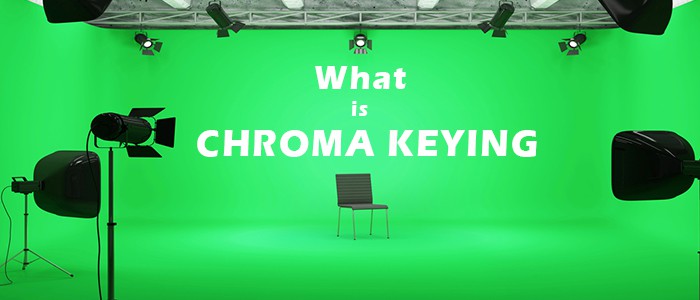
Chroma keying is a process of extracting an area with one colour from a background and placing the extraction onto another background, in the post-production process of video editing.
Two major colours have been used most often in chroma keying and include blue and green as these colours are far different from the human skin tone, making it very easy to eliminate the background from the subject.
By capturing the subject in front of a blue or green backdrop that is omitted or replaced with another image during post-production.
Blue Screen vs. Green Screen Differences Explained
The differences between Green Screen and Blue Screen largely depends on the specifics of the shot and the conditions under which you’re filming. Here’s a detailed look at the factors that might influence your decision:
Light Sensitivity and Spill
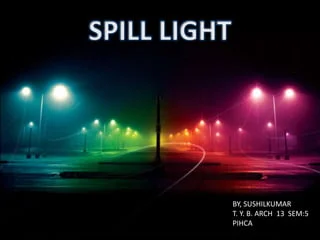
| Green Screen | Blue Screen |
| Green screens are more reflective and let more light in thereby providing a brighter screen and these are useful in low-light environments. Green colour has high luminance and this makes it easier for the camera of equipment to detect and differentiate green colour. | Blue screens are less reflective than green screens therefore minimizing the possibility of containing a spill. This makes them more suitable when the subject is close to the screen or where high reflectivity may be an issue. |
| The disadvantage of this brightness is that green screens allow more colour to bleed on the subject particularly if the subject is near the screen. This spill can lead to a green fringe around the subject, which becomes very difficult to eradicate in post-recording. | Blue is less likely to interfere with skin tones and natural colours, which can make for a cleaner key. However, blue is darker than the other colours and, therefore, needs more lighting to illuminate a background properly. |
Costume and Set Design
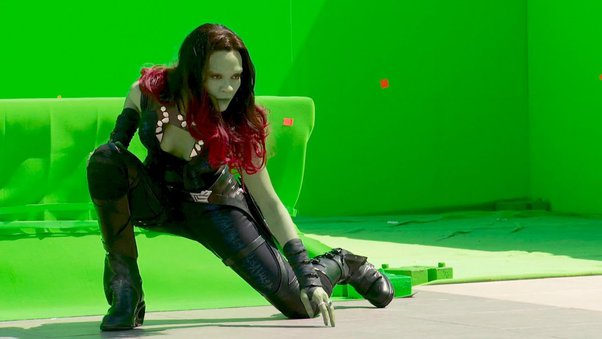
| Green Screen | Blue Screen |
| Green screens are most effective when your actors are not wearing green colour. Even if there are any wrinkles of green, we are going to ensure that they don’t show in the final scene of the compositing. | It is desirable to have blue backgrounds when shooting subjects in green. When choosing a set design, it is necessary to avoid the use of blue colour in clothing or props since these will not be visible against a blue screen. |
| But when there are some blue areas on the set or the props, then greens are used since it does not interfere with the chroma key. | It is ideal to use blue screens when the background colour is green or you do not want to interfere with the environment. |
Technical aspects, Shooting and Camera Sensors
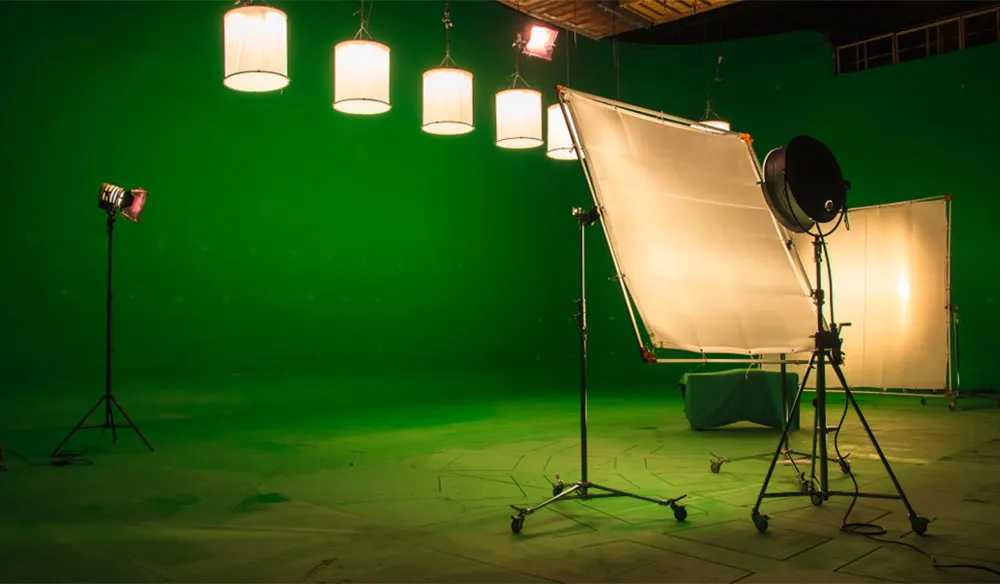
| Green Screen | Blue Screen |
| Modern digital cameras are even more sensitive to green light because it lies among the visible light spectrum. This sensitivity means that shades of green screens can deliver a better key with less noise. | Blue screens are used in film because the traditional film stock is more responsive to the blue wavelength of light. It also means that the enlarged and detailed portion of the image, as well as the rest of the image, is much clearer. |
| Green is not easily filed with compression artefacts hence it is ideal for digital formats and broadcasting. | Blue screens are known to generate more noise and grain in the digital output, mainly in low lighting. This means that the lighting as well as the post-production part should be done very well to get a good green screen key. |
Practical Scenarios and Use Cases
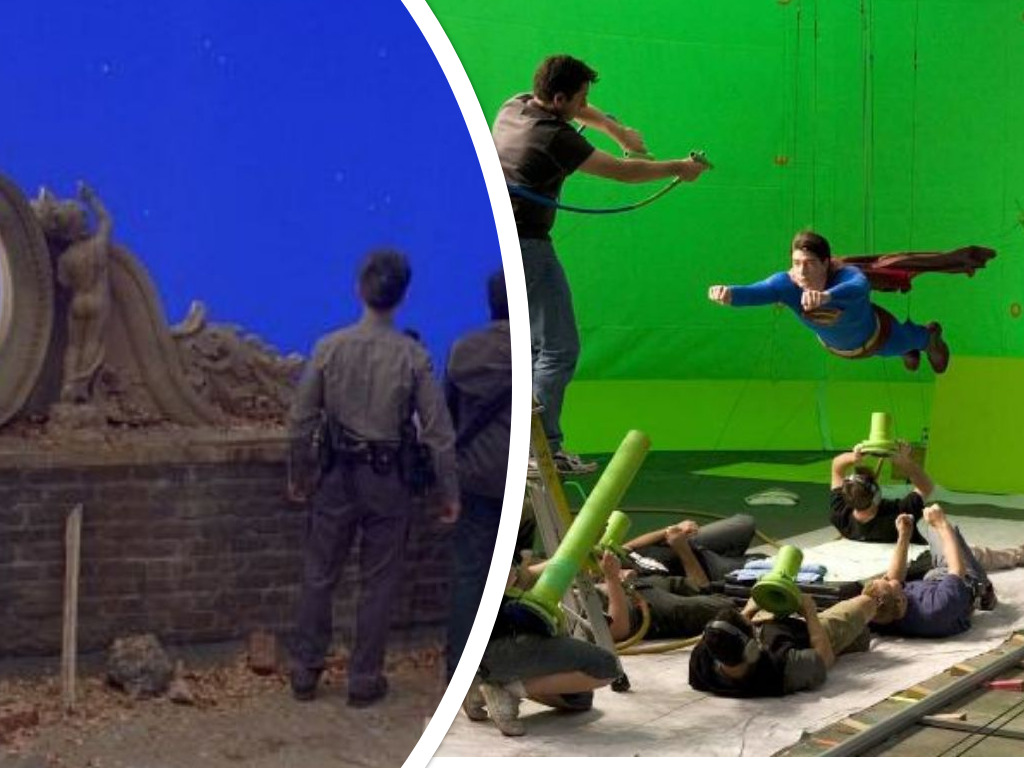
| Green Screen | Blue Screen |
| Green screens can be useful in the case of scenes from which a background, filled with much light, can be seen, for instance, during the shooting in the bright sunlight. | The blue screens are appropriate for scenes that are either at night or shot at night since the blue background has low reflectivity. |
| Due to the camera sensor sensitivity and lesser chances of compression loss, green screens are used in television, video games, and web content creation. | Blue screens are preferred mostly for historical use and the detail received when the film stock is content is of high-budget range. |
Applications Of Blue Screen and Green Screen
The use of blue and green screens has significantly transformed visual effects and various production factors in different media. Here’s when to use a blue screen vs green screen:
Green Screen

- Green screens are used to allow meteorologists to be seen standing in front of moving animated maps of the weather during broadcasts.
- They are used by YouTubers and streamers to put themselves in various backgrounds with ease.
- Perfect for outdoor or bright scenes where people can be distinguished from their surroundings.
- Employed in advertisements to replace the background frequently without capturing fresh scenes.
- Provides backgrounds to the talk shows and news programs they support while eliminating the need for building physical sets.
Blue Screen
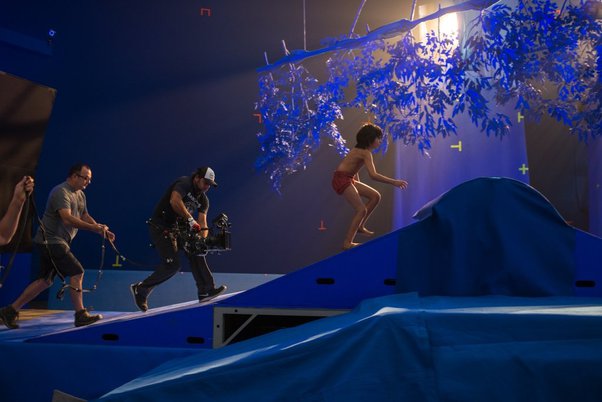
- Good for low light and night scenes because it does not bounce back a lot of light, resulting in less colour spill and better-looking bright scenes.
- Used in films for better detail blue-sensitive film stocks produce more detail, still widely found in high-budget movies.
- Frequently used in big movies to get difficult shots such as water sequences or explosions, to obtain clean shots for the editor.
- Works best when used with green costumes or props so they don’t disappear into the green screen background.
- Ideal for the scenes where greenery is used, making it possible to replace the background without much influence from the green screen.


